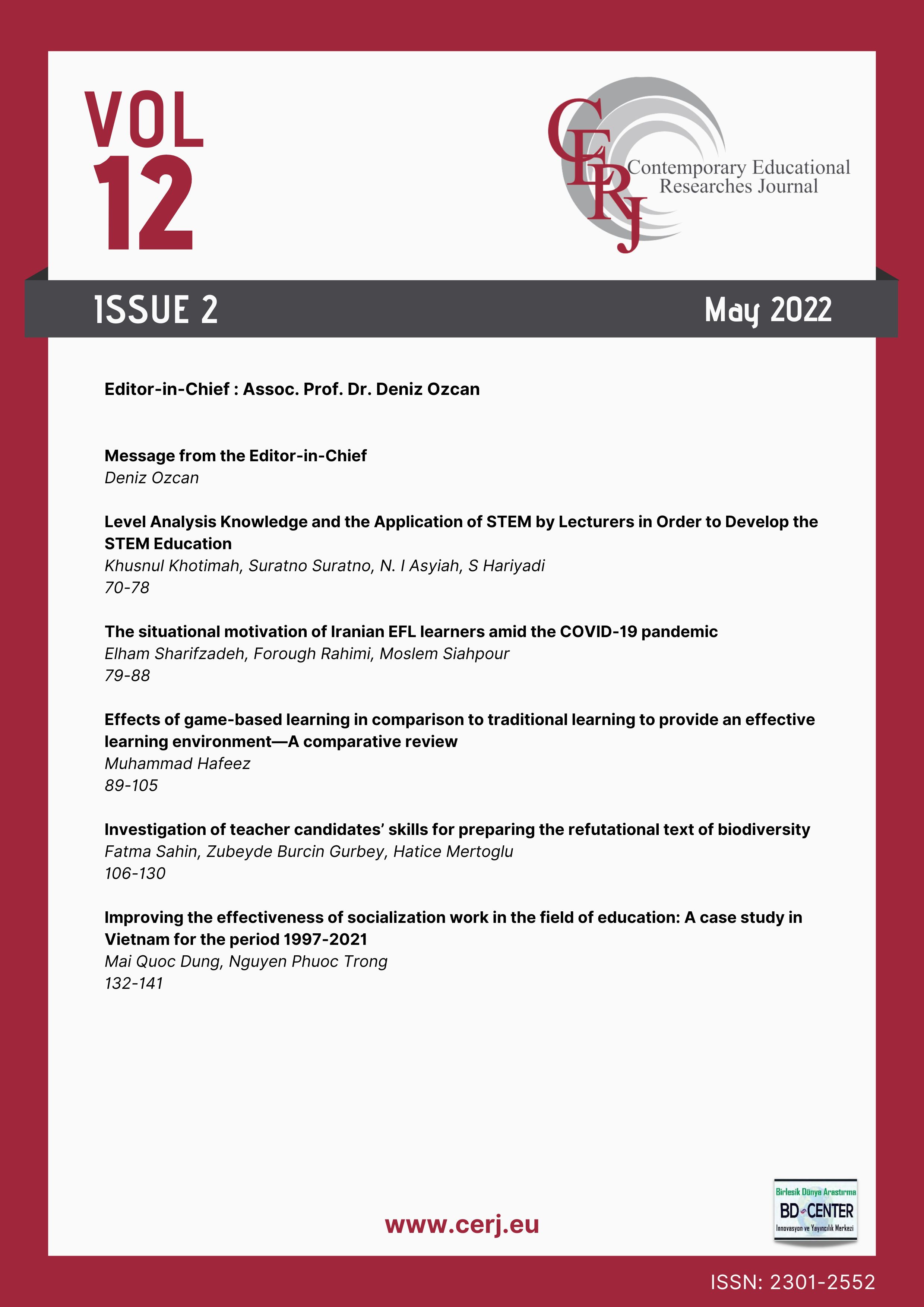Level Analysis Knowledge and the Application of STEM by Lecturers in Order to Develop the STEM Education
Main Article Content
Abstract
STEM education is currently one of the most updated topics in line with 21st century learning. Technology-based education is integrated in science, engineering and mathematics. Analysis is needed to see the development of educational activities, especially in the field of STEM education. However, according to TIMSS and PISA, there is still a lack of human resources who master the STEM field. Efforts to advance the development of STEM education are carried out using analysis through the distribution of assessments. In this case the analysis includes two aspects, namely the level of knowledge and the application of the STEM method. The comparison of the two aspects is based on the accumulative data of lecturers' assessments. This study aims to analyze the level of knowledge and the application of the STEM method used as an effort to develop STEM education. This type of research is mixed research. Research that applies two combinations of qualitative and quantitative research. Quantitative research to determine the value of the analysis between variables. Qualitative research to strengthen quantitative results. The results of this study that knowledge about STEM in the high category is 80% while the application of the STEM method is in the low category with a percentage of 25%. The application of the STEM method is hampered by the lack of STEM education methods owned by lecturers.
Keyword: Develop, STEM Education, Applocation, Knowledge
Downloads
Article Details

This work is licensed under a Creative Commons Attribution 4.0 International License.
Authors who publish with this journal agree to the following terms:
- Authors retain copyright and grant the journal right of first publication with the work simultaneously licensed under a Creative Commons Attribution License that allows others to share the work with an acknowledgement of the work's authorship and initial publication in this journal.
- Authors are able to enter into separate, additional contractual arrangements for the non-exclusive distribution of the journal's published version of the work (e.g., post it to an institutional repository or publish it in a book), with an acknowledgement of its initial publication in this journal.
- Authors are permitted and encouraged to post their work online (e.g., in institutional repositories or on their website) prior to and during the submission process, as it can lead to productive exchanges, as well as earlier and greater citation of published work (See The Effect of Open Access).
